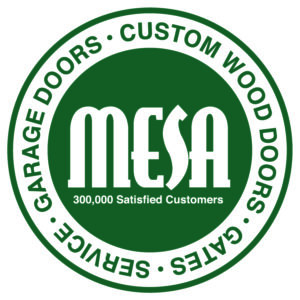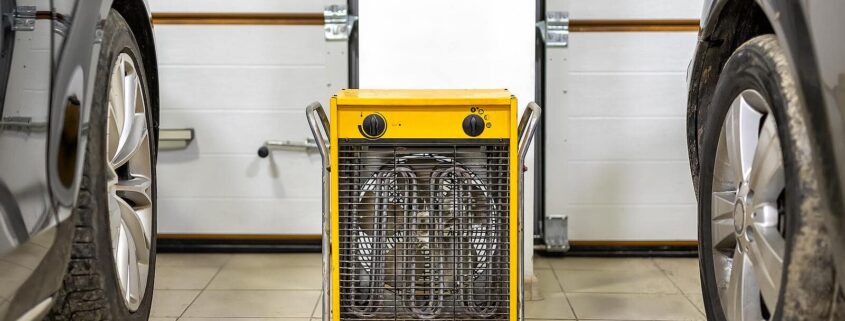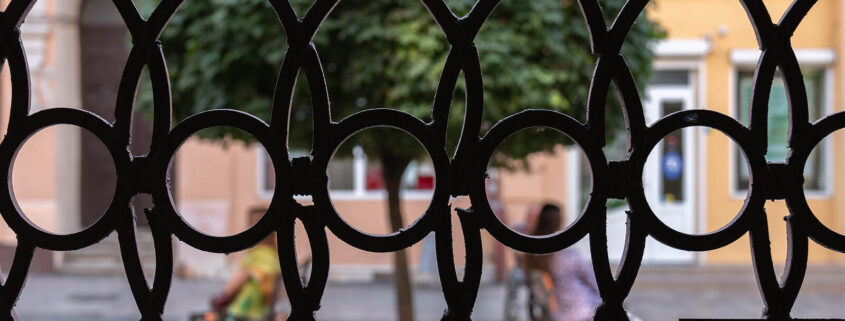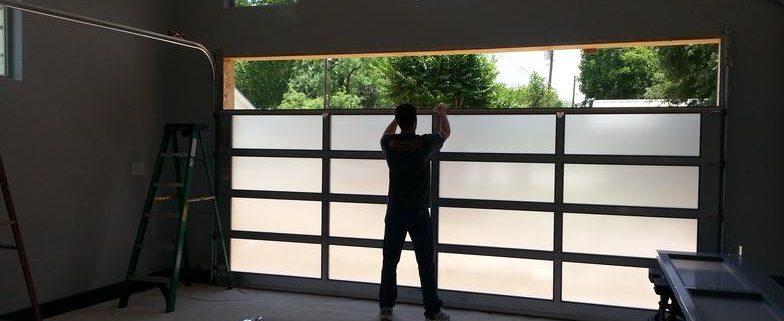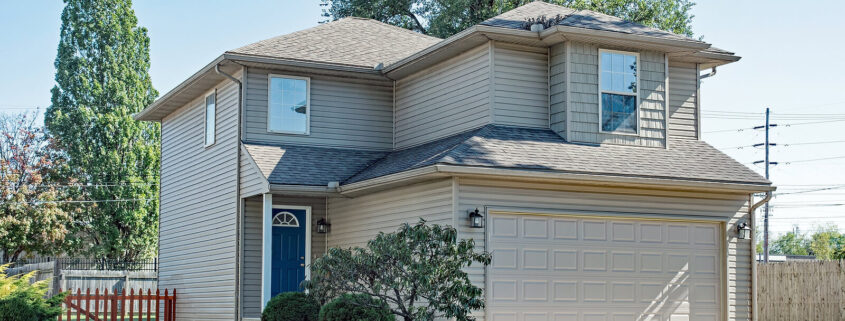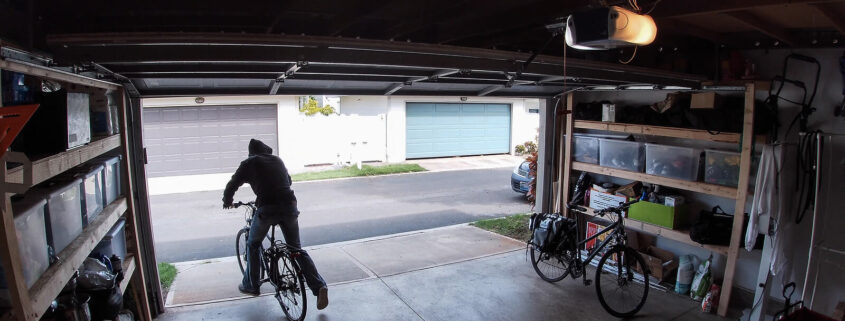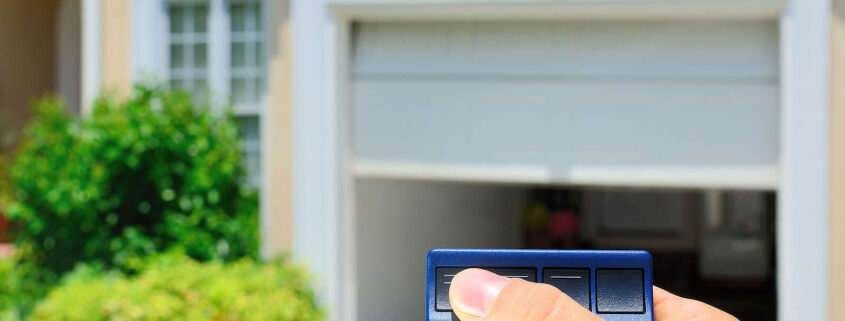How to Heat a Garage
Most Americans use their garages for more than just housing their vehicles. Some choose to modify their garages into makeshift storage spaces, workshops, play areas, or even art studios. But even with these clever adaptations, most garages aren’t designed to stay warm in the dead of winter. The reason being is they lack adequate insulation. It’s far too costly to heat an uninsulated garage without spending a fortune on heating costs.
Even in Southern California, where we enjoy ideal weather year-round, it still gets chilly in the evening during the winter months. Using a space heater is an often futile gesture to heat your garage and likely would only increase the inside temperature by a marginal difference and certainly not worth the expense or electricity.
So what’s the solution? Believe it or not, there are ways you can affordably heat your garage. We’ll help explain how to heat a garage and what options are best for your needs and budget.
How to Heat a Garage
Choose a Heat Source Based on Garage Square Footage
As we stated before, most portable space heaters aren’t powerful enough to successfully heat an entire garage, especially when the temperature outside plummets. However, there are some options, such as ceiling-mounted garage heaters, that do crank out enough BTUs to sufficiently warm your garage. Before heading to your local home improvement store to purchase a garage heater, you’ll want to find the exact square footage of your garage. This should help you determine what size and wattage your garage heater will need to be.
Most garage heaters, because they are installed on the ceiling, will come with remote controls for optimal convenience. There is one drawback to ceiling-mounted garage heaters and that is that they don’t typically keep the garage floor warm. Heat rises, and when you consider the heat that’s lost through any gaps in the garage door as well as having a concrete floor, it’s easy to see why your feet may stay a little chilly regardless of your ceiling heaters.
Line Garage Walls With Batt Insulation and Paneling
Regardless of whether you install top-of-the-line garage door heaters, it is recommended that you couple that with insulation so that your heaters don’t have to work overtime to maintain a comfortable temperature in your garage. Most garages don’t have finished walls, meaning they just have bare walls and lack adequate insulation. If you choose to heat your garage, this is easily remedied.
Installing basic batt insulation along the interior walls of your garage can make a world of difference and save your heaters from having to run nonstop just to take the chill out of the room. Cover the interior walls with batt insulation and then install cover with plywood or additional drywall sheets. You can find batt insulation at any home improvement store or hardware store.
Insulate the Garage Door
Why stop with just insulating the walls? If you’re going to insulate your interior garage walls, it would only make sense to insulate the garage door as well. Depending on the thickness and material of your garage door, you’re likely losing a lot of heat through the garage door itself. Insulating your garage door may help keep your garage anywhere from 10-15 degrees warmer in the winter. Not only does insulating your garage door help during a frigid winter, but it helps keep your garage cooler in the summer months as well. You can find garage door insulation kits on Amazon or Home Depot and are a really simple DIY project for those that enjoy being handy.
Eliminate Drafts and Seal Cracks
While installing insulation and mounting garage heaters are the first steps to heating your garage, it will do little good if vital warm air is being lost through unsealed cracks or gaps in the garage door, between the panels, or through windows that are improperly sealed. To find out where the air is escaping, you’ll need to conduct a visual inspection…
- Garage Door Frame: Most garage doors aren’t air-tight. In fact, few are. If you are heating your garage you’ll want to use weather stripping to seal the small gaps in and around the garage door. These strips have adhesive already on them and are extremely easy to install. Find and seal any gaps you see on the sides, between panels, and underneath the garage door where drafts are the most common.
- The Gap Under the Garage Door: Garage doors typically come with a seal at the broom that is intended to block drafts. But if your garage door is a little older, you may want to inspect the bottom seal of your garage door. If it appears that air is escaping, tighten or replace the seal/gasket that runs the length on the bottom of the garage door. If the seal has become cracked or has started to fall apart, you can easily purchase rubber weather stripping and replace the seal. Just remember to take your measurements before purchasing the weather stripping.
Call Mesa Garage Doors to Install Garage Door Heaters
Serving Los Angeles, San Diego, and Orange County, Mesa Garage Doors has over 50 installation and service teams to manage all of your garage door needs. Our factory-trained technicians can help install and refurbish your garage door as well as assist in mounting garage door refacing panels. Call 800-893-1107 to learn more.
